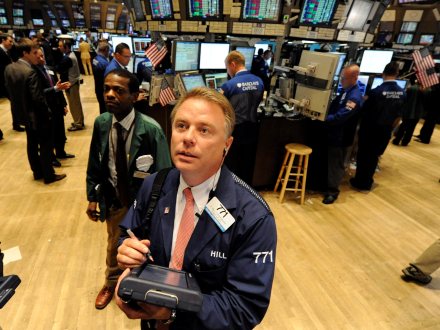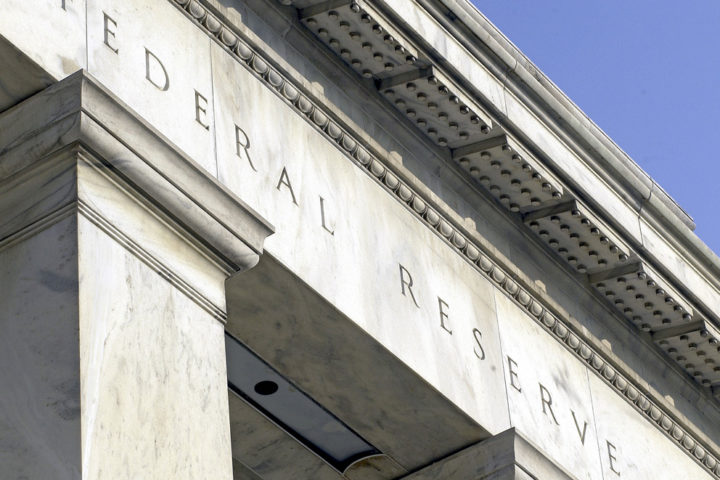By Hussein Sayed, Chief Market Strategist at FXTM
Equity markets are trying to recover from last week’s falls after rising bond yields took many investors by surprise.
US 10-year Treasury yields climbed to a high of 1.61% on Thursday, representing a 70-basis point rally from the beginning of the year or a 77% gain. Japan’s central bank-controlled 10-year JGB yield has risen seven-fold this year, reaching a five-year high of 0.18% last week.
Similar moves have been seen in Germany, the UK, Australia and many other developed countries worldwide.
The good news about this volatile move in global sovereign debt is investors are finally realising that we have come closer to the post-pandemic era.
The trend in Covid-19 new cases, hospitalisation and deaths have been on a downtrend for six weeks, and this should justify the optimistic outlook. However, for markets, it is a different story.
Last week, the 5% drop in the Nasdaq Composite was a reminder of what happened in October 2018 when investors suddenly freaked out over rising bond yields.
Back then, the bond market selloff pushed long-dated yields to a more than seven-year high of 3.25% in response to the Federal Reserve’s tighter monetary policy. As a result, within three months US equities entered a bear market, which is technically defined as a 20% fall from recent highs.
In October 2018, the price to earnings ratio for the Nasdaq was around 25x, while today we are sitting at 35x. This suggests that a 2% threshold on the US 10-year yield may have the same effect as 3.25% back in 2018.
The difference this time is that the rise in bond yields is not being driven by tightening monetary policy but market expectations. While central banks say there is no tightening in policy, investors do not seem to buy it.
Fed Chairman Jerome Powell indicated last week that inflation would remain below target through to 2023, and a spike in prices this Spring wouldn’t warrant a policy response as policymakers only see it as a temporary one due to the economy reopening and jump in demand.
The ECB’s Christine Lagarde also signaled last week that the central bank is closely monitoring the recent spike in Eurozone yields and the Reserve Bank of Australia took action on Monday, by doubling down bond purchases to keep yields in control.
Will investors push yields higher?
The question is, will investors keep selling government debt and send yields even higher, or will they align with the guidance of central banks? This is going to be critical for the next move in stock markets.
The slide in bond yields on Monday is sending equities higher in Asia and Europe. US equity futures are also signaling a strong start for the week.
Going forward, economic data will be monitored closely and will have much more impact on markets’ direction compared to last year, which was primarily driven by fiscal and monetary action.
Expect exceptionally good news on the economic front to become bad news for equity markets as the prospect of faster inflation will continue driving the belief that monetary policy will be tightened earlier than expected. This means Friday’s US employment report will be of great importance for traders and investors.
For information, disclaimer and risk warning note visit: FXTM
FXTM Brand: ForexTime Limited is regulated by CySEC and licensed by the SA FSCA. Forextime UK Limited is authorised and regulated by the FCA, and Exinity Limited is regulated by the Financial Services Commission of Mauritius









